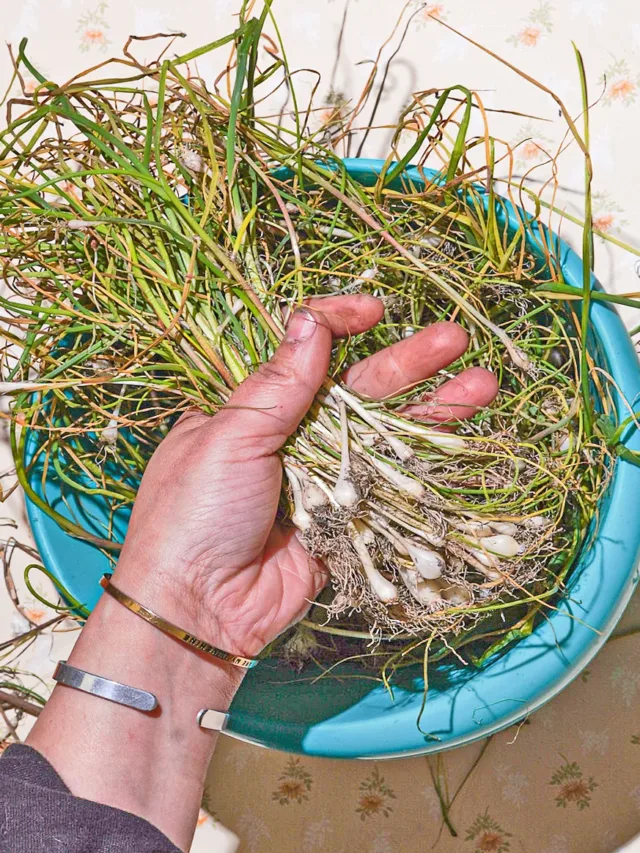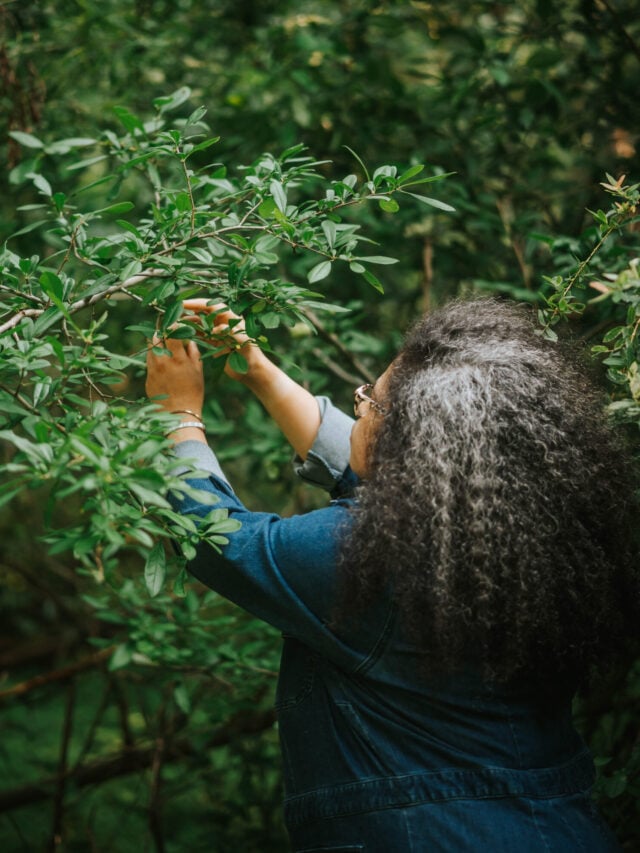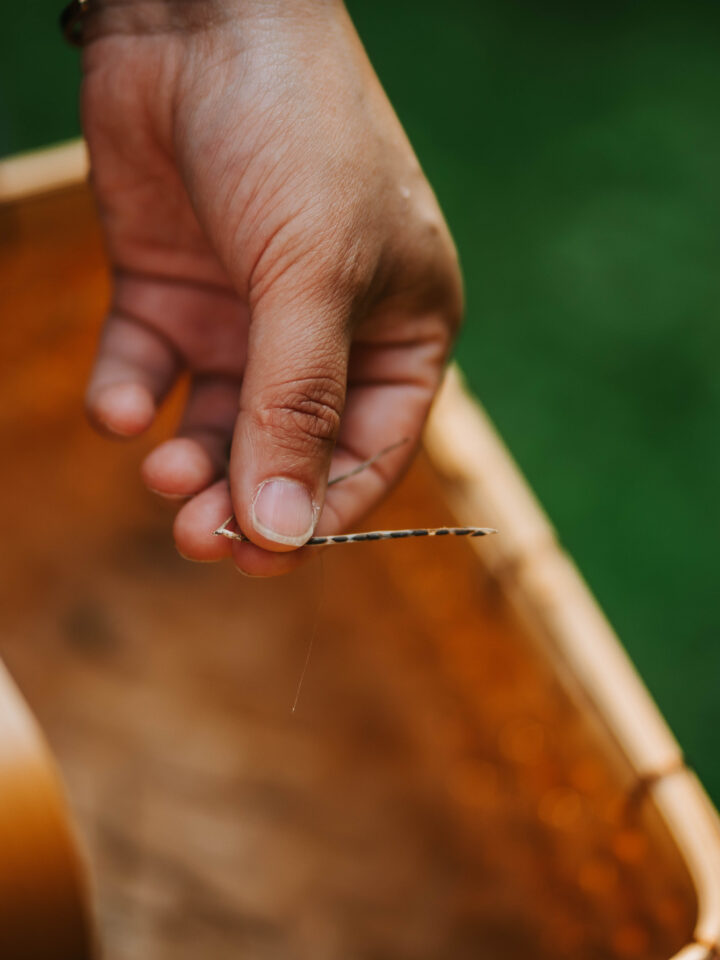Going into the woods and identifying wild edibles is daunting for many people. It can be confusing, frustrating, and time-consuming. But it doesn't have to be! First and foremost, start with a basic understanding of identifying wild edibles. Here are some tips to get you started.

Once you've mastered this knowledge base and know what to look for, walk out into nature's bounty, and try making some tasty dishes from these unique ingredients. Who knows? You might find it enjoyable now that you're not scouring through old books hoping for guidance on doing this safely!
Identifying Wild Edibles
Learning to identify wild edibles can be a fun and rewarding hobby. Many books and websites are dedicated to helping you learn how to identify plants, and first-time foragers should start with the most common plants in their region. Once you know how to recognize them, always eat a small portion before consuming more significant amounts of any plant that may be poisonous or cause an allergic reaction.
Start with Common Plants: Focus on your region's most common edible plants. These are typically easier to identify and have a lower risk of toxic look-alikes.
Educate Yourself: Utilize reliable resources such as books, websites, or local foraging guides to learn about the characteristics, growth habits, and key identifying features of wild edibles.
Be Thorough: Take the time to closely observe and study the plant you wish to identify. Look at its leaves, stems, flowers, and fruits (if applicable) to gather as much information as possible.
Multiple Sources: Cross-reference information from multiple trustworthy sources to ensure accuracy in plant identification. Different sources may provide additional details or insights.
Seek Expert Guidance
Consider joining foraging groups or participating in workshops led by experienced foragers or botanists. Their expertise can greatly assist in honing your identification skills.
Hands-On Learning
Gain practical experience by examining wild edibles in person. Practice identifying plants in different seasons to understand their characteristics throughout the year.
Beware of Look-alikes
Pay close attention to toxic look-alike plants that may resemble edible varieties. Learn to differentiate between similar species to avoid any potential dangers.
Start with Small Portions
When trying a wild edible for the first time, consuming a small portion is important to check for any adverse reactions. Wait 24 hours before consuming larger quantities.
Know Your Allergies
Be aware of known food allergies to avoid potentially harmful reactions. If uncertain, consult a healthcare professional for guidance.
Never Assume Safety
Even if you've successfully identified and consumed a particular plant in the past, always exercise caution and double-check your identification every time you forage.
Proper identification is crucial when foraging wild edibles to ensure safety and well-being. Take the time to learn and practice your identification skills to enhance your foraging experiences.
Tips for identifying wild edibles in your region
If you're interested in identifying wild edibles in your region, here are some resources that may help:
Make a list of the most common wild edibles in your region
Start with researching what's growing in your area and what it looks like. There are many books on edible plants and mushrooms, but if you want something more comprehensive than an encyclopedia entry, check out The Forager Handbook by John Kallas (available on Amazon). It offers detailed information about identifying different types of mushrooms and leaves based on location.
Community Crowdsourcing
If an edible plant interests me nearby, I'll look for it! Look online and check out Reddit or Facebook for regional foraging groups.
Equipment for Keeping Track of Your Finds
Keeping track of your finds is an important part of the process. Of course, you can use a journal or notebook, but many other options are available.
Plant ID Apps
Plant identification apps such as iNaturalist and Plantnet are great for recording information about plants that you find. They allow users to upload photos, add notes and observations, and connect with others who have discovered the same species in their area.
Field Guides & Books
Field guides like Peterson's Field Guide to Edible Wild Plants or The Forager's Handbook will give you detailed descriptions of what each type of edible looks like so that you won't mistake it for something poisonous (or vice versa). These books can be used when out in the field but may not be convenient if you want something more portable--which brings us back around again toward technology! However, if we're talking about mushrooms--which tend not to grow near other plants--the best way would be to look for a class or walk about with a local forager. It's best to learn from someone in the field for safety's sake!






Comments
No Comments